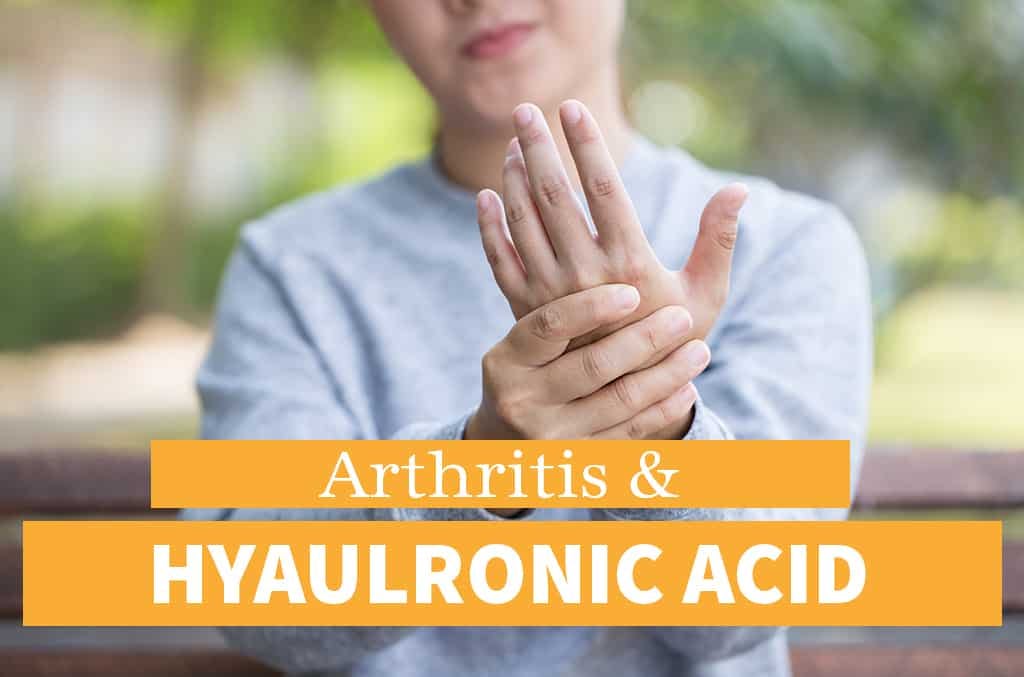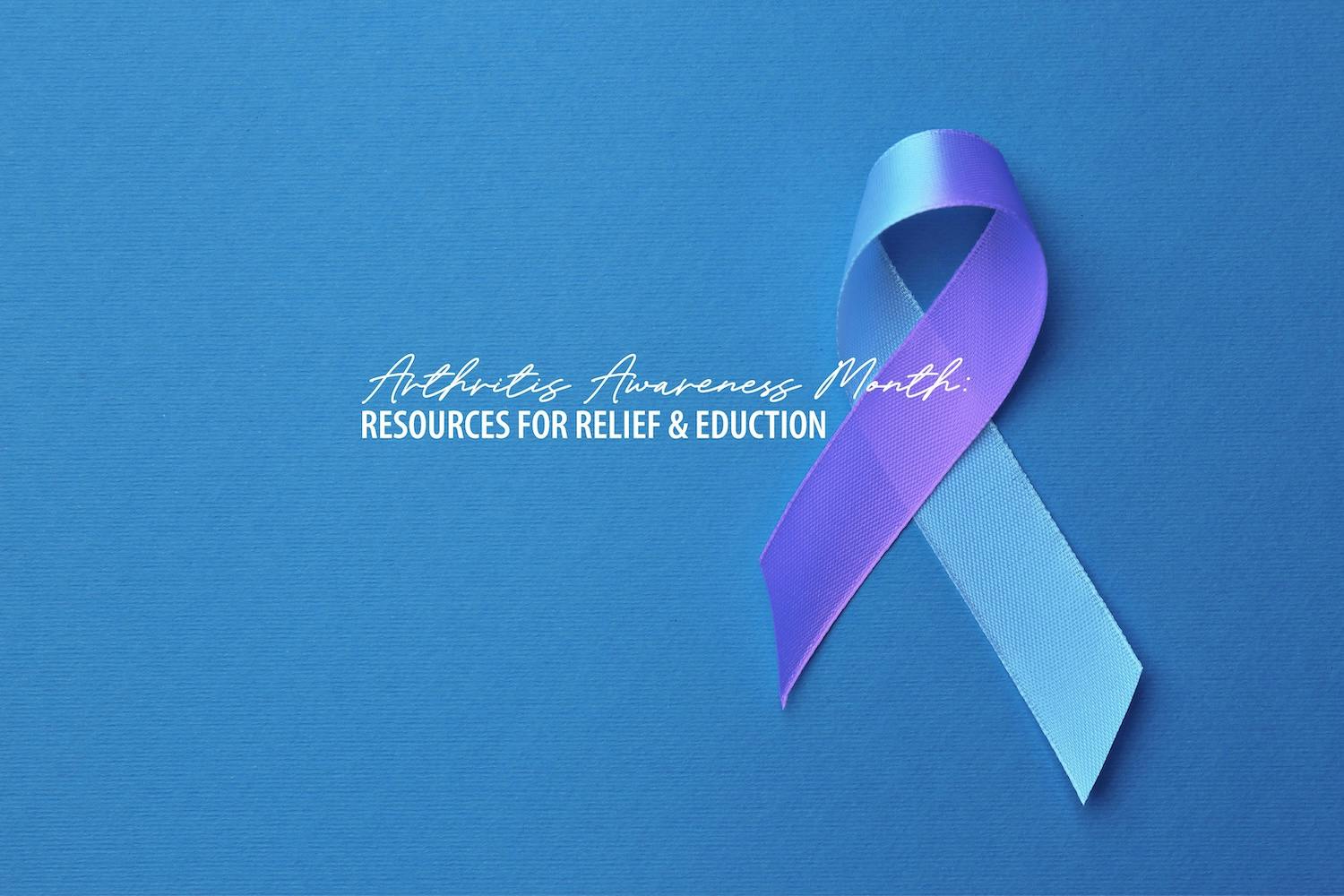- Blog
Arthritis and Hyaluronic Acid
Posted on 01-02-2026 in Minimally Invasive Surgery, Stem Cell Therapy, Total Ankle Replacement, Regenerative Medicine, Arthritis, Ankle Pain, Foot/Ankle & Ankle Arthritis by Dr. Joshua Hackel

Posted on 01-02-2026 in Minimally Invasive Surgery, Stem Cell Therapy, Total Ankle Replacement, Regenerative Medicine, Arthritis, Ankle Pain, Foot/Ankle & Ankle Arthritis by Dr. Joshua Hackel
Arthritis literally translates to “inflammation of the joint” and describes the degenerative process through which a joint space loses its “cushioning,” whether are the result of injury, illness or the natural process of aging. It is the leading cause of musculoskeletal pain and can be found in almost every part of the body, from the shoulder all the way down to the smallest joint of the toe. Our joints are intricate structures shaped from cartilage, bone, muscle and connective tissue, all of which can gradually weaken over time or be damaged by acute injury. While there are more than one hundred known types of arthritis, the three most common forms are osteoarthritis, which is by far the most prevalent; rheumatoid arthritis, which is caused by the body’s own immune system generating a chronic inflammatory response in the joints; and post-traumatic arthritis, which is caused by the lingering structural damage of acute injuries.
Symptoms of Arthritis
The most common symptom of arthritis is pain, stiffness and swelling in the affected joint, as well as weakness in the joint and the surrounding muscles. The joint may also feel warm to the touch and appear slightly red or splotchy, especially if you are suffering from a severe form of arthritis. Symptoms can come and go or remain constant and can vary in severity from mild to unbearable.
Causes of Arthritis
Cartilage plays a crucial role in the joints of the body, as it “cushions” the joint spaces and prevents bone-on-bone contact; arthritis describes any disease process or injury which leads to the loss of this critical soft tissue structure. Through the process of arthritis, cartilage weakens and disappears, ultimately leading to bone-on-bone contact, which is incredibly painful. There are a variety of factors that can lead to someone developing arthritis, but the most common causes are the gradual wear-and-tear of the aging process, traumatic injury, and abnormal immune responses. Some common risk factors that can increase one’s risk of developing the condition are a genetic predisposition, obesity, previous injury to a joint, and weak or underdeveloped muscles supporting a joint. Arthritis is also more common in women than men, which is thought to be tied to hormonal differences between the sexes.
Prevention and Treatment
Many of the most common risk factors for arthritis, including age, genetics, and gender, are outside of our control. However, there are still some preventative measures that can be taken to help lower your risk of developing this painful condition. Maintaining a healthy weight, eating a well-rounded diet rich in healthy fats, setting and adhering to a physician-approved exercise regimen, and protecting your joints during day-to-day activities can all go a long way towards preventing your joints from degrading to an arthritic state. It is also highly advisable to avoid smoking and heavy alcohol consumption, as these vices are proven risk factors for developing certain types of arthritis.
If you have already developed arthritis, do not despair; there are a number of treatment options available to you. In extreme cases, an arthritic joint can be replaced with an implant in a complex surgery known as total joint arthroplasty. However, science has afforded us a number of non-surgical interventions that can be tried long before surgery becomes necessary. These include physical therapy, steroid injections, orthobiologic treatments like PRP injections and stem cells, and hyaluronic acid injections.
What is a Hyaluronic Acid (HA) Injection?
Hyaluronic acid is a naturally occurring component of the fluid that fills the joint space (called synovial fluid), which, alongside cartilage, cushions the joints of the body. As your arthritis progresses, the hyaluronic acid in your synovial fluid thins and can ultimately disappear, leading to worsening joint pain and stiffness. A hyaluronic acid injection, which is sometimes referred to as viscosupplementation, seeks to replenish the joint’s supply of this critical compound. There are a number of hyaluronic acid injections available today, including Euflexxa, Hyalgan, Orthovisc, and Synvisc. Your physician will decide which injection to use based on a number of factors, including age, the severity of your arthritis, your insurance carrier’s medical policies, and your family and medical history.
What to Expect
Depending on which brand of hyaluronic acid your physician elects to move forward with, you could receive anywhere from one to five total injections spread out over weeks or months. Regardless of the schedule, all of the injections typically unfold in the same manner. Your physician will prep the injection site with a cleaning solution to prevent infection, numbs the area with a cold pack or local anesthetic, and inserts a needle into the joint space, injecting the hyaluronic acid once they have localized the needle with ultrasound guidance. Hyaluronic acid injections are very safe, and the most common side effects are minor pain and swelling at the injection site, as well as the short-term buildup of joint fluid. These will typically pass in a matter of days, but in rare cases, this inflammation can last for a longer period of time.
If you are suffering from joint arthritis and think viscosupplementation may be right for you, reach out to us today. The only way to know for sure whether or not this minimally-invasive treatment option can help is to consult with a physician.

May is Arthritis Awareness Month, an opportunity to increase public understanding of arthritis and its impact on millions of lives. Established by the Arthritis Foundation, this national observance highlights the importance of early diagnosis, effective treatment, and ongoing research to improve the quality of life for those with arthritis.

With summer in full swing and children taking advantage of more time to participate in sports-related or other outdoor activities, it’s essential to be mindful of injury prevention while encouraging their interest in activities that don’t involve screen time!

May is National Arthritis Awareness Month, and of the more than 100 forms of this painful condition, many can affect the ankle. In fact, almost half of people in their 60s and 70s have arthritis of the foot and/or ankle, but not all of them have symptoms.